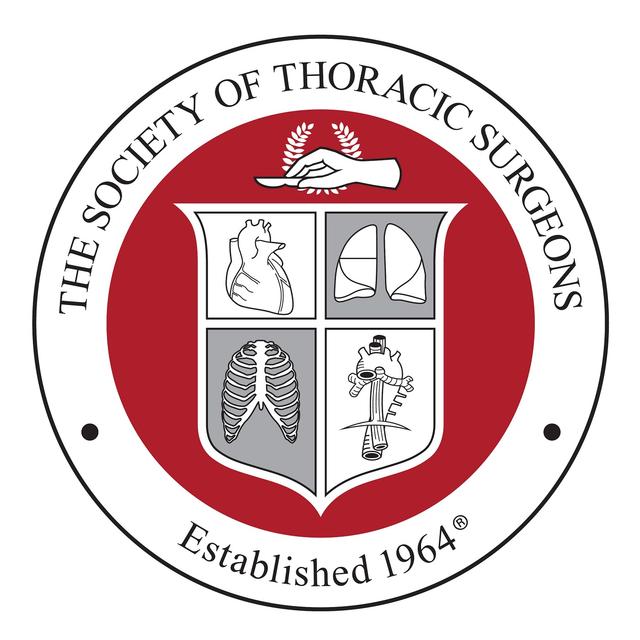Welcome to today's exploration of a critical global health issue that demands our urgent attention: the management of Aortic Valve Disease (AVD). As we delve into this topic,we'll uncover the disparities in treatment approaches across different regions, focusing on how these variations impact patient outcomes and what can be done to bridge these gaps. Aortic Valve Disease presents a unique challenge worldwide, particularly in South Asian and Sub-Saharan African nations.
In these low-income countries,the standard treatment for AVD often involves surgical aortic valve replacement, commonly known as SAVR. However,unlike their counterparts in wealthier nations, patients here typically receive mechanical valves. This difference in treatment is partly due to the younger age of the affected population and the distinct nature of the disease, which is predominantly of rheumatic origin.
In high-income countries,AVD is usually associated with an aging population and degenerative causes. The treatment options in these regions are more varied and often include less invasive procedures like transcatheter aortic valve implantation (TAVI). In contrast,the reliance on SAVR with mechanical valves in low-income countries is primarily driven by economic constraints and the lack of infrastructure to support alternative treatments.
This disparity in treatment approaches highlights a pressing need for global health initiatives to address these inequities. By investing in healthcare infrastructure and providing access to a broader range of treatment options, we can improve outcomes for patients with AVD in low-income regions.
In conclusion,rethinking the management of Aortic Valve Disease on a global scale is essential to ensure that all patients, regardless of their geographic location or economic status, receive the best possible care. By fostering international collaboration and sharing resources, we can work towards a future where the treatment of AVD is equitable and effective for all. Thank you for joining us today as we shed light on this important issue.
Let's continue to advocate for change and strive for a healthier world for everyone.

